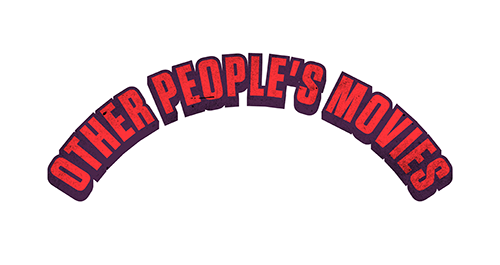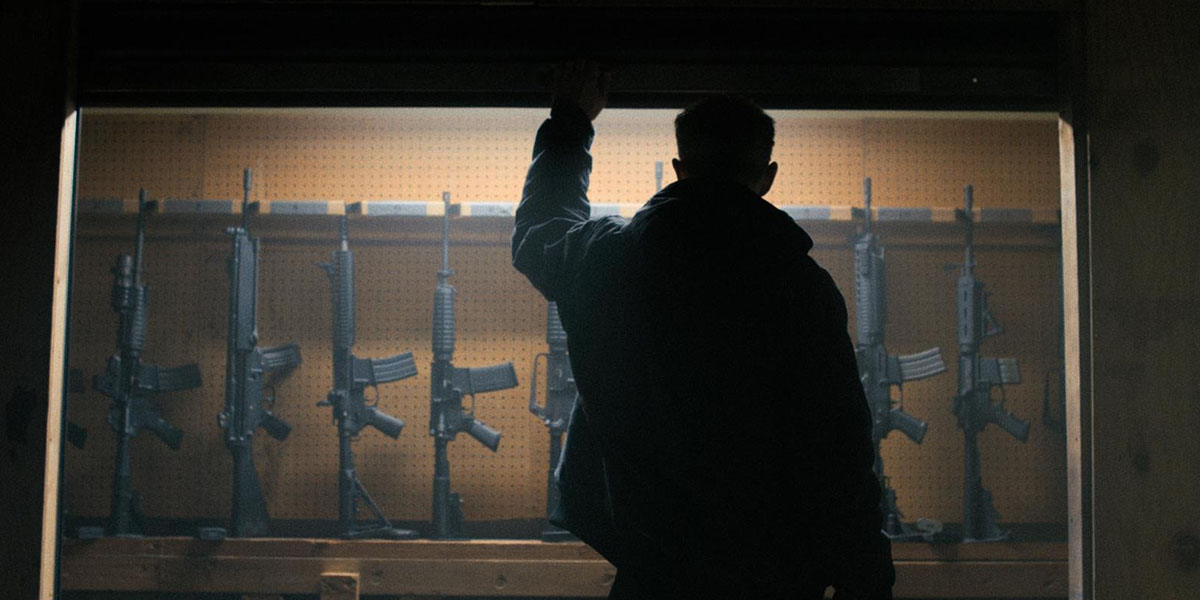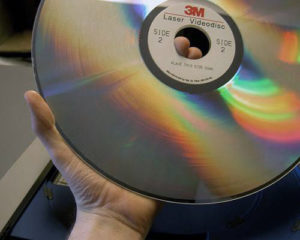
LaserDiscs. What are they? Where did they come from? Why did they ever exist in the first place? You’re probably asking yourself these questions right now… Actually, you’re probably not. You’re probably not thinking anything about LaserDiscs at all. In fact, you probably aren’t even reading this because the word “LaserDisc” is in the title.
To answer the first question, LaserDiscs were the premiere (though never the most popular) way to collect your favorite movies in the early nineties. Sadly for many, they were shortly thereafter dethroned by DVD’s arrival long before the end of the decade. Perhaps movies’ only equivalent to records or 8-tracks are these LP-sized CDs that are three times as thick and conveniently have a large hole in the center.
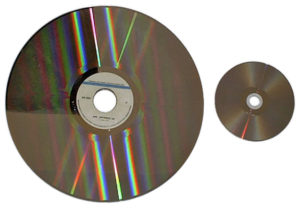
The discs were stored in large, glossy cardboard jackets that featured the film’s poster and/or production stills. These jackets were presentations in and of themselves, trophies that showcased any owner’s love of a particular film. Some were basic slipcovers, others- namely the box sets or Special Editions- went all-out with artwork, presentational gatefolds, and collectible booklets. LaserDiscs had a physical presence that was necessary due to the medium’s limitations, but only adds to their nostalgia in retrospect.
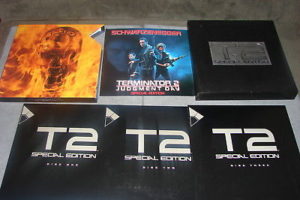
With picture quality that put VHS to shame (well, kind of) and since it was essentially the first medium to support digital audio and behind-the-scenes supplements for home video, LaserDiscs were, for a short time, the ultimate film geek’s dream.
Special features in The Age of Laserdisc (commentaries, documentaries, abandoned screenplay drafts, etc.) were educational and inclusive- not the regulated promotional tools that used to accompanied every new DVD or Blu-ray release. You could almost feel “special” just watching or listening to them: “You mean I can listen to Paul Verhoeven talk about making RoboCop during the entire movie like he’s sitting right next to me?! And it’s the X-rated cut?! For only a hundred dollars?!.”
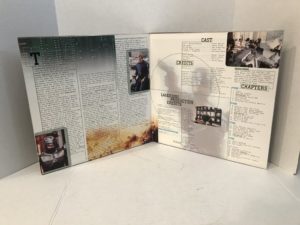
Did I mention they were expensive? It was hard to find a player for under $300. $24.95 was cheap for a standard new release with no special features. They could go as high as $49.95. Camelot Records (remember them?) sometimes had “bargain bins” where you could find clearance titles for eight to fifteen dollars! Special Editions, such as those produced by The Criterion Collection (which was borne in the Age of LaserDisc, for the record) could be as expensive as $149.95.
Painstakingly needless to say by now, LaserDiscs were an entirely flawed and outdated medium within just a few years of their hitting the marketplace. Their street value pretty much began to decrease after a few seconds of buying them. If you so much as breathed on the things wrong, obnoxious red and white flecks appeared on the video playback. You also had to flip them to another side or change discs every thirty or sixty minutes- depending on whether it was CLV or CAV format. But we’ll save those fascinating details for another time…

The greatest thing about The Age of LaserDisc is that it came before a time when millions of movies were available at our fingertips twenty-four hours a day. Before HD was the standard for American television. You had to work for and earn the movies you watched on then-premium quality LaserDisc (or at least go through the trouble of having to explain what they were to confused relatives asking for Christmas or birthday present ideas). And that somehow made those movies more special than they are today.
Movies were transcended into tangible, valuable pieces of art on LaserDisc. Today, they’re taken for granted like air. They’re expendable. They’re background noise. They’re computer files.
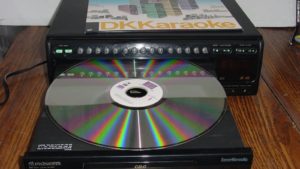
LaserDiscs. You still don’t have a clue what I’m talking about, but now that you’re a little more informed, I can only imagine that your next big Google search will involve the history of LaserDiscs… Or it won’t. Actually, there’s a good chance you won’t even think about LaserDiscs after reading this. In fact, you probably haven’t even read this far, and you will most likely never understand or know what a LaserDisc truly is.
I pity you.
